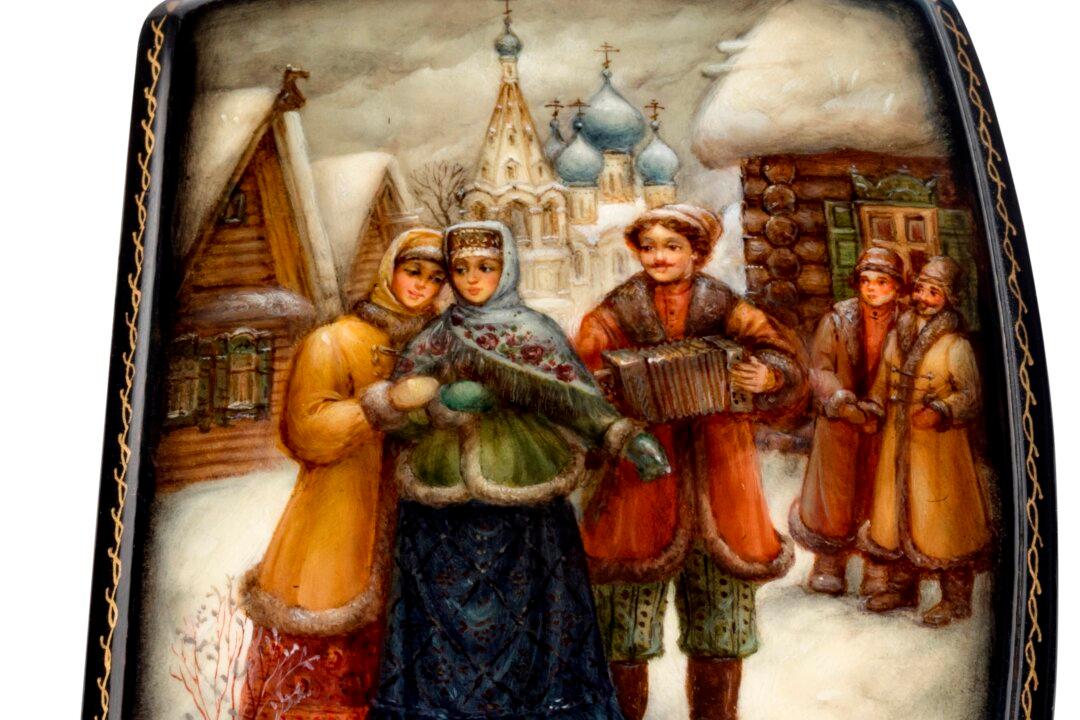I met Tommaso Melani, CEO of luxury handmade Italian shoemaker Stefano Bemer, at a trunk show in Vancouver last summer. If you search online, or YouTube, you’ll find him hosting fashion seminars around the world, with the world’s tastemakers in men’s couture. Melani is from Florence, and his personal, perfectly-tailored style echoes the timeless beauty of his birthplace. He wore a lavender linen blazer, a casual button-down, chinos, and a pair of suede loafers that looked as comfortable as house slippers. He confirmed later that they were, in fact.
I had worked in men’s shoes at Nordstrom during college, so I thought I knew a thing or two about Italian dress shoes. I was even sporting a pair from one of the major Italian fashion houses. I soon came to realize there are levels to luxury and fashion, craftsmanship and design.




